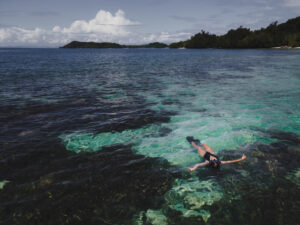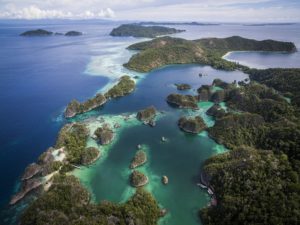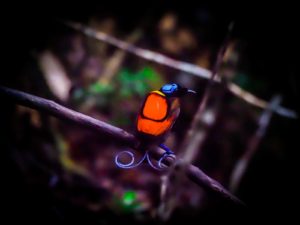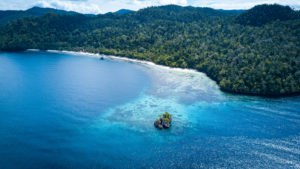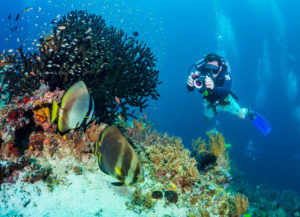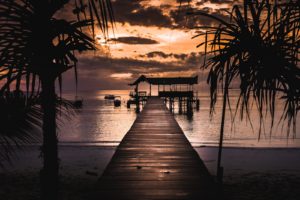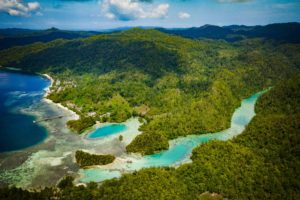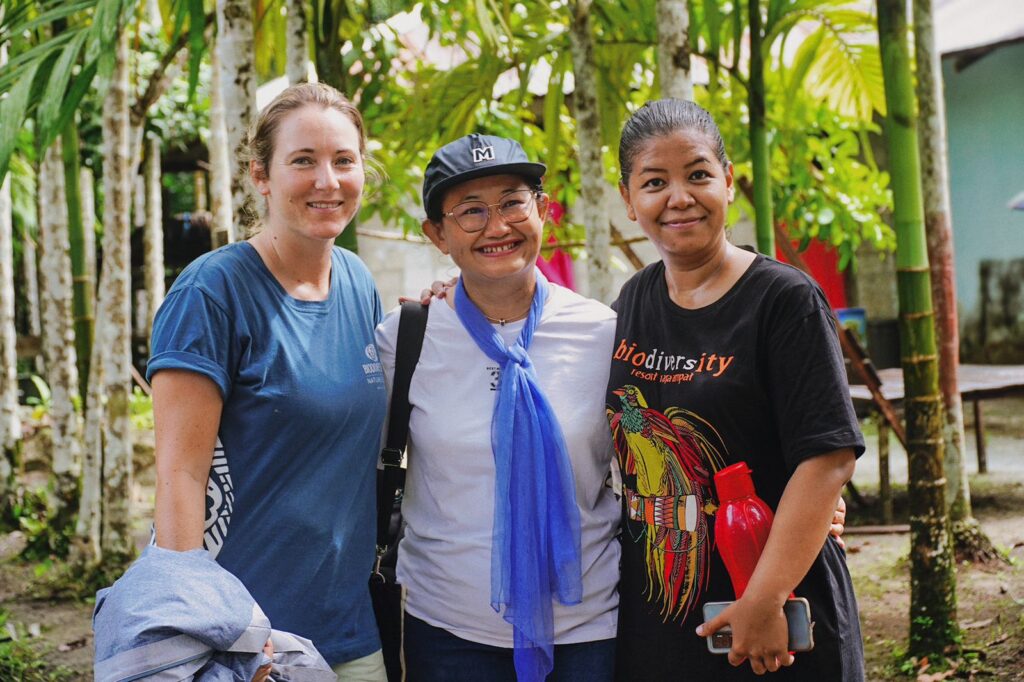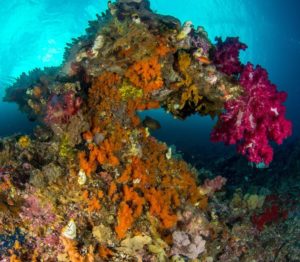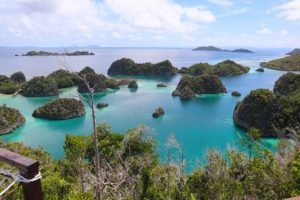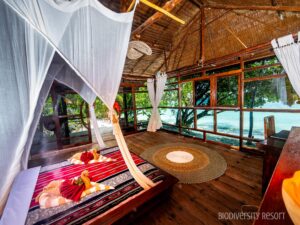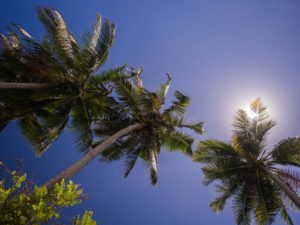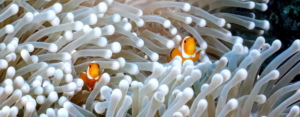Crown of Thorn
When people travel to the Raja Ampat for diving or snorkeling they understand it is a protected area because if you have done your research right you will know that it is situated in The Coral Triangle, which is home to over 500 species of reef building corals in each Eco-region. Coals are an essential part of the ocean and are important for many different reasons, aside from containing the most diverse eco systems on the planet. They protect coastlines from the damaging effects of wave action, provide habitat and shelter for many marine organisms and they are the source of nitrogen and other essential nutrients for marine food chains. They also assist in carbon and nitrogen fixing and help with nutrient recycling.
One of, if not, the biggest killer of coral reefs around the world is, believe it or not, a starfish called the Crown of Thorns Starfish (COTS). This coral –eating starfish plays an important role in reefs, as it feeds on the fastest growing corals, allowing slower-growing corals to form colonies, increasing coral diversity. One of the main predators to a COTS is the Giant Triton, Starry Puffer and the Titan Trigger Fish, however even with these natural predators the COTS is an aggressive species. During an outbreak the starfish can destroy up to 95 per cent of the hard coral, totally denuding a Reef. The Great Barrier Reef is one of the most affected areas due to COTS and as a result teams of scientists are looking at ways to counter the problems our reef systems are having with COTS.
Here at Biodiversity we do regular patrols on our House Reef to remove the COTS, as our way of supporting and contributing to biodiversity conservation. We use homemade bamboo pliers to remove the COTS from the coral formations, placing them into thick woven bags. This has to be done delicately and with precision, so as not to damage the fragile coral, minimizing the disturbance to the natural ecosystem and also so our dive team does not get injured during the process, as COTS are extremely venomous. Their spines release neurotoxin, which means when you are spiked, you will feel an extreme burning sensation with pain, which can usually last for hours. In serious cases the neurotoxin will cause nausea and vomiting. If the spike goes too deep you will need to have it surgically removed. We have been finding less and less COTS on our weekly inspections, which is a good indication that our efforts are working!
As we are an Eco-Resort we have researched that COTS can be used as fertilizer for trees. However they can only be used for trees, as their spines, which carry the venom, take a long time to decompose. They are therefore not ideal for a vegetable garden. By using them for tree fertilizer we are disposing of them in a positive, environmentally friendly way, and through this giving back to nature. Another way is to inject vinegar into them while patrolling the reef.
Scientists are continuing to research efficient ways to remove these starfish from our reefs and with this so are we! See the link below on an interesting new development scientist have found that focus on how the starfish communicate with each other.
Together we will help protect our reefs from COTS so generations can enjoy the spectacular colours and creatures that inhabit coral reef systems.





